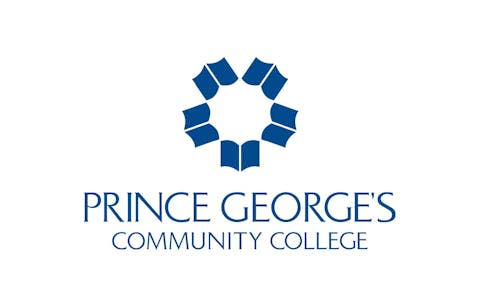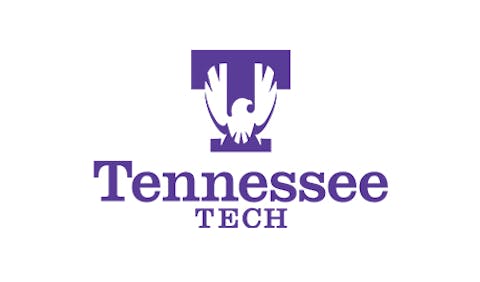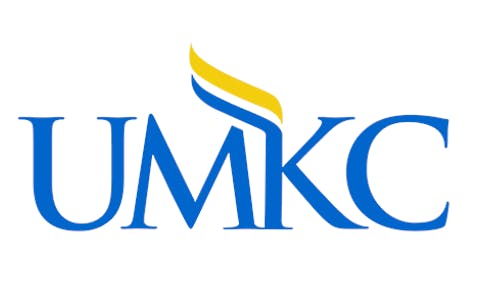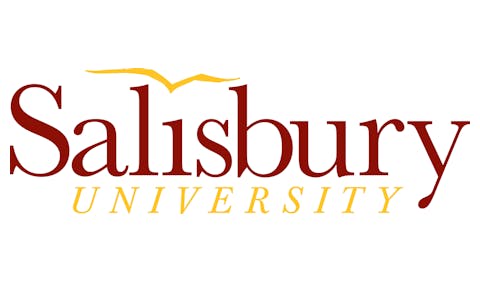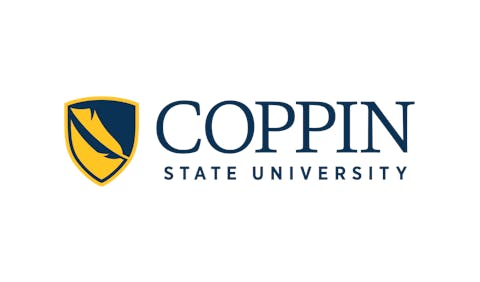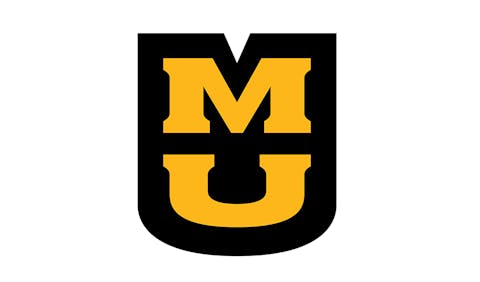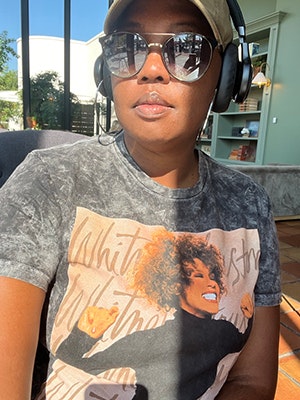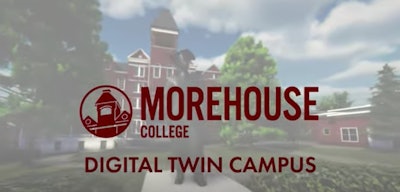 Morehouse College's digital twin campusVictoryXR
Morehouse College's digital twin campusVictoryXR
“The question boils down to what is the educational value of the technology—and a lot of factors go into that,” said Dr. Jeffrey Pomerantz, an associate professor of practice and online program coordinator at Simmons University. “I really do believe that VR and AR and simulations are potentially very valuable educational technology, but it’s not universal. I would encourage campus leaders to keep the focus on the educational use cases than on the technology.”
Meta Immersive Learning is supporting a “metaversities” project as part of its $150 million commitment to build up this technology. Through this initiative, Meta partnered with VictoryXR, a VR education software company, to launch 10 digital twin campuses. These digital twins are replicas of real campuses that are built in spatial 3D, hosted on a platform called Engage.
“Remote learning is growing and on-campus enrollment is declining, so if the trend is that we will have more remote learners, then we will have to find something better than Zoom, especially for classes like biology, chemistry, and even history,” said Steve Grubbs, CEO of VictoryXR. “Number two is when you think about equity in education, how do you deliver a superior higher education course? Even if the student can’t afford to travel across the country? Over time, we’re confident that this will create more affordable options for students to attend class with great professors in the metaverse.”
Among the 10 metaversities is Morehouse College, a private historically Black men’s liberal arts college in Atlanta. Morehouse representatives were not available to comment in time for this story. With a digital twin campus, students could log online as an avatar and connect with each other socially or in classrooms. Some medical schools have already been using VR or AR to help train students how to operate without at first needing to use a cadaver.  Dr. Jeremy Bailenson
Dr. Jeremy Bailenson
Recently, Dr. Jeremy Bailenson, the Thomas More Storke Professor of Communication at Stanford University and founding director of the Virtual Human Interaction Lab there, researched what it was like to teach using virtual reality in a college class. His team published a paper in May looking at group behavior in virtual reality through a longitudinal study in the metaverse, which the paper defined as “the promise of experiences in immersive digital worlds.”
“VR is an incredible medium, but one that requires a large amount of maintenance and attention, compared to a traditional tool such as Zoom,” said Bailenson. “It will remain my medium of choice for teaching about VR, but for other topics, I'd recommend treating VR as a source for field trips (i.e., walking around a sculpture) as opposed to the main infrastructure of a course.”










